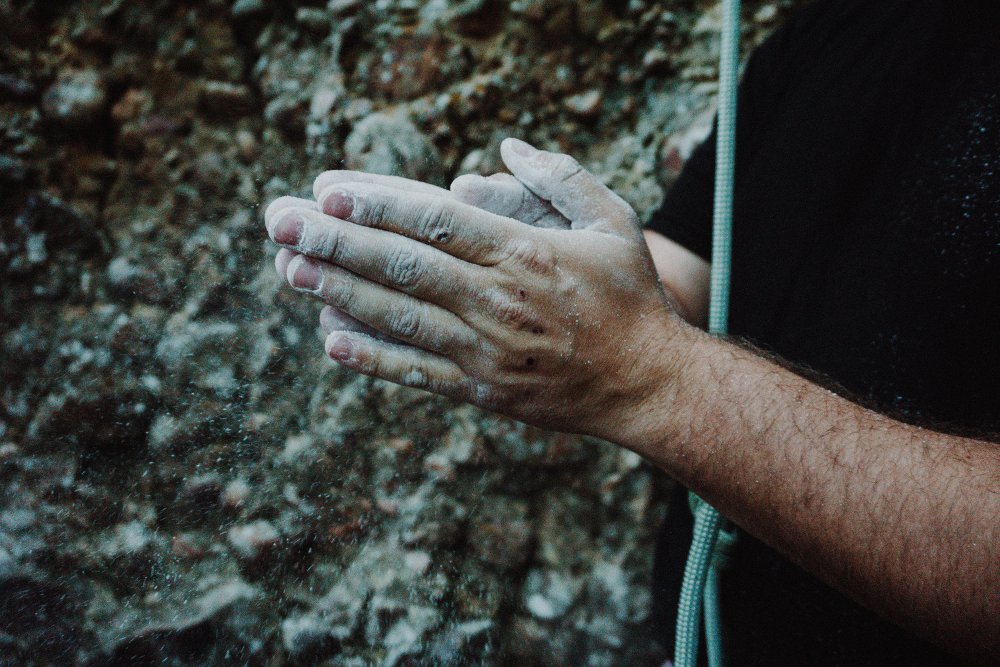Climbers across the United States have benefited tremendously from the efforts of non-profit climbing organizations. From small local climbing alliances to national institutions, these organizations have worked tirelessly to further the sport. Here are the five organizations that every climber should know …
The Access Fund
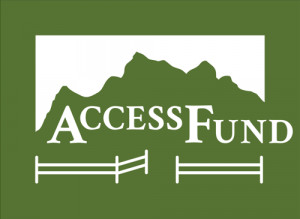 The sport climbing revolution brought with it hordes of new climbers and gyms sprouting up in every major city in our nation. Consequently, record numbers of climbers are heading to the crags. Unfortunately, one in five of those crags are threatened with access issues. As a result, the Access Fund was formed to help ensure climbing access to cliffs around the nation through the following actions:
The sport climbing revolution brought with it hordes of new climbers and gyms sprouting up in every major city in our nation. Consequently, record numbers of climbers are heading to the crags. Unfortunately, one in five of those crags are threatened with access issues. As a result, the Access Fund was formed to help ensure climbing access to cliffs around the nation through the following actions:
- Representing the interests of climbers to the government organizations that manage the land on which we climb
- Working towards better stewardship of areas climbers frequent
- Actively acquiring land to protect climbing areas from private development and closure
- Supporting landowners, to help encourage public access to climbing on private land
- Assisting the efforts of over 90 local climbing organizations across the country
- Educating climbers so we can all be effective representatives of our sport
The Access Fund and its partners have preserved access to 229 climbing areas and it has awarded over $50,000 in grants that further its mission. Take a look at their 2015 Annual Report to learn more about the amazing accomplishments of the Access Fund.
Your part:
For $35 annually, you can become a member today! Alternatively, you can make a donation, volunteer with a partnered local climbing organization, or peruse the Access Fund Store.
American Alpine Club
 The American Alpine Club is a self-described national climbing family. With over 16,000 members, it is the largest climbing club in the nation. Membership brings you $12,500 of rescue coverage, copies of the American Alpine Journal and Accidents in North American Mountaineering, opportunities to receive climbing grants, resources to connect with additional climbers, and discounts for popular climbing brands, shops, and gyms. In addition to these benefits, the American Alpine Club also advocates for the interests of climbers in public policy.
The American Alpine Club is a self-described national climbing family. With over 16,000 members, it is the largest climbing club in the nation. Membership brings you $12,500 of rescue coverage, copies of the American Alpine Journal and Accidents in North American Mountaineering, opportunities to receive climbing grants, resources to connect with additional climbers, and discounts for popular climbing brands, shops, and gyms. In addition to these benefits, the American Alpine Club also advocates for the interests of climbers in public policy.
Your part:
In the words of Yvon Chouinard,
“Cast your vote to protect the places we love by becoming a member today.”
For $75 per year, you’ll join a passionate community of climbers and help contribute to the advancement of our sport.
American Mountain Guides Association
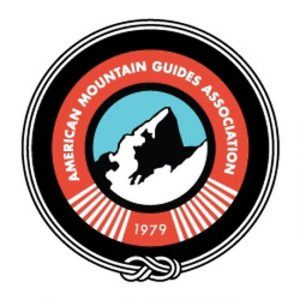 The American Mountain Guides Association focuses on educating guides; they set the industry standards for guiding and are the de facto accrediting body for climbing instruction. Additionally, the AMGA advocates for guiding access on public lands. For those who lack the requisite climbing skills to be self-sufficient in the mountains, a guided experience offers a safe way to experience the rich beauty of these areas.
The American Mountain Guides Association focuses on educating guides; they set the industry standards for guiding and are the de facto accrediting body for climbing instruction. Additionally, the AMGA advocates for guiding access on public lands. For those who lack the requisite climbing skills to be self-sufficient in the mountains, a guided experience offers a safe way to experience the rich beauty of these areas.
Your Part:
When looking for climbing instruction, choose AMGA-accredited guiding services such as the American Alpine Institute, which has been called the “Harvard of mountaineering schools.” The programs offered by the American Alpine Institute educate climbers to function competently on their own, while developing the judgment skills necessary to stay safe in the mountains. In addition to offering traditional education, the American Alpine Institute blog contains invaluable information on a wide variety of climbing topics.
American Safe Climbing Association
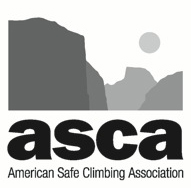 Have you ever clipped a bolt? If so, the American Safe Climbing Association is looking out for you. The group brings volunteers around the country together with the goal of replacing deteriorating hardware. Even staunchly traditional climbing areas benefit from the ASCA through the placement of bolted anchors and rappel routes. Whether your discipline is sport or trad, the ASCA is working hard to keep you safe by replacing ancient time bomb bolts with camouflaged stainless steel bolts, which can in turn be easily removed and replaced at the end of their useful lives.
Have you ever clipped a bolt? If so, the American Safe Climbing Association is looking out for you. The group brings volunteers around the country together with the goal of replacing deteriorating hardware. Even staunchly traditional climbing areas benefit from the ASCA through the placement of bolted anchors and rappel routes. Whether your discipline is sport or trad, the ASCA is working hard to keep you safe by replacing ancient time bomb bolts with camouflaged stainless steel bolts, which can in turn be easily removed and replaced at the end of their useful lives.
Your part:
If you’ve ever clipped a bolt with “ASCA” stamped on the hanger, please consider making a donation. A $50 donation is often enough to re-equip an entire route. If you are familiar with bolting techniques, you can also donate your time to the admirable cause of replacing old bolts.
Leave No Trace Center for Outdoor Ethics
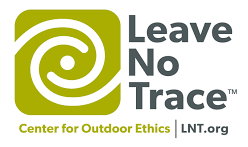 While this organization isn’t focused on climbing, its mission is important and relevant to our community. The Leave No Trace Center for Outdoor Ethics works
While this organization isn’t focused on climbing, its mission is important and relevant to our community. The Leave No Trace Center for Outdoor Ethics works
to sustain healthy, vibrant natural lands for all people to enjoy, now and into the future.
Many climbing educational organizations, such as the AAI and AMGA, also teach Leave No Trace principles. All responsible climbers are practicing the 7 principles, even the Hitchhiking Mad Man, Hobo Greg.
Your part:
If you can’t name the 7 principles off the top of your head, take a minute to look them over. Put them into practice at the crag and be a steward for the outdoors.
Want more climbing content? Get our awesome climbing newsletter, delivered weekly.
Explore more
- Our 30+ most popular articles ever
- Climbing Ethics: Vial Decision-Making Scenarios
- Words from Conservationist and North Face Founder, Doug Tompkins
- Protecting the Climbing Areas We Love
- Escalando Fronteras: Empowering Disadvantaged Youth in Mexico Through Rock Climbing
- Rock Climbing Gear Buying Guides
- Free Rock Climbing eBooks on Technique, Knots, Training, and More
- This Week’s Best Rock Climbing Gear Sales

